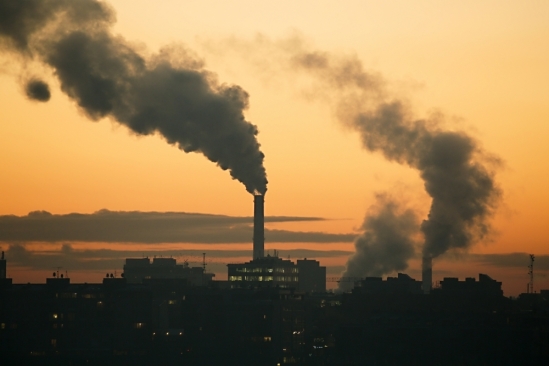Turning Emissions into Plastics

UCSB Bren Professor Sangwon Suh details a revolutionary approach to storing and using carbon, and the impressive effort it will take to achieve.
With global emissions continuing unabated, climate change is proceeding at a startling pace. But a team of scientists from UC Santa Barbara and RWTH Aachen University in Germany have a new — and novel — destination in mind for all the carbon dioxide spewing into the atmosphere: chemical products.
Chemical production emits staggering amounts of greenhouse gasses via the energy it consumes and the carbon-based raw materials it uses. Sangwon Suh, a professor in UC Santa Barbara’s Bren School of Environmental Science & Management, and his fellow researchers see an opportunity to divert billions of tons of CO2 from smokestacks into the chemical supply chain, if the world can create enough renewable energy to make the effort worthwhile. Their analysis appears in the Proceedings of the National Academy of Sciences.
According to the team’s findings, chemical production — an industry encompassing sectors as diverse as lubricants, paints and plastics — accounts for over 3.3 billion metric tons of CO2 per year, or the equivalent in other greenhouse gasses. Suh recently released the first comprehensive account of carbon emissions from plastics, in which he and his coauthor discovered that plastics alone account for the equivalent of 1.8 billion metric tons of CO2 emissions per year.